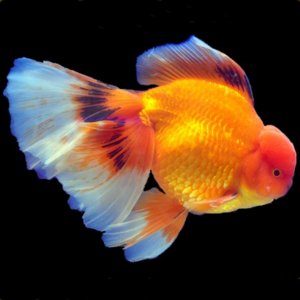Gemtrox42
Fish Fanatic
For context, I have a 30 gal tank with Current Satellite LEDs, moderately planted with gravel bottom, mostly hornwart, water sprite, swords and java ferns, lots of driftwood, with 15 cardinals, 8 pygmy corys and 5 cherry shrimp. I have two female lyretail mollies and one black sailfin male molly. Water is 78 degrees, hang on back filter so should be well oxygenated. Water parameters are 7.3 pH, ammonia 0, nitrites 0, nitrates 5, GH 50~75, KH 140. I am using softened wellwater. I treat the water with aquavitro seed and dechlorinator/balancer.
All mollies will occasionally come to the surface and do what looks like a gulping motion for a few seconds, then descend. My (possibly pregnant) lyretail female does this most often, upwards of several times a minute. She will also make gulping motions when underwater; the others don't. The females also exhibit glass surfing/pacing behavior, often near the bottom or in corners. I would appreciate help diagnosing the issue.
Now to food: I feed my cardinals and mollies about two pinches of hikari floating tetra pellets (which they consume in roughly 40 to 50 seconds) twice daily. I feed my corys 2 hikari sinking wafers, which usually takes 30+ minutes to eat, given the cardinals don't find it. I feed my shrimp about 10 hikari shrimp pellets once daily, and have the same issue with cardinals taking their food. I have had difficulty getting my mollies to eat; often they either arrive too late to feedings or eating halfhearted amounts. My local store assured me they are fine eating the tetra pellets, but for the time being I am feeding them the shrimp pellets as they are too big for my cardinals to eat. I would feel a lot better if I knew they were getting enough to eat for sure.
All mollies will occasionally come to the surface and do what looks like a gulping motion for a few seconds, then descend. My (possibly pregnant) lyretail female does this most often, upwards of several times a minute. She will also make gulping motions when underwater; the others don't. The females also exhibit glass surfing/pacing behavior, often near the bottom or in corners. I would appreciate help diagnosing the issue.
Now to food: I feed my cardinals and mollies about two pinches of hikari floating tetra pellets (which they consume in roughly 40 to 50 seconds) twice daily. I feed my corys 2 hikari sinking wafers, which usually takes 30+ minutes to eat, given the cardinals don't find it. I feed my shrimp about 10 hikari shrimp pellets once daily, and have the same issue with cardinals taking their food. I have had difficulty getting my mollies to eat; often they either arrive too late to feedings or eating halfhearted amounts. My local store assured me they are fine eating the tetra pellets, but for the time being I am feeding them the shrimp pellets as they are too big for my cardinals to eat. I would feel a lot better if I knew they were getting enough to eat for sure.





